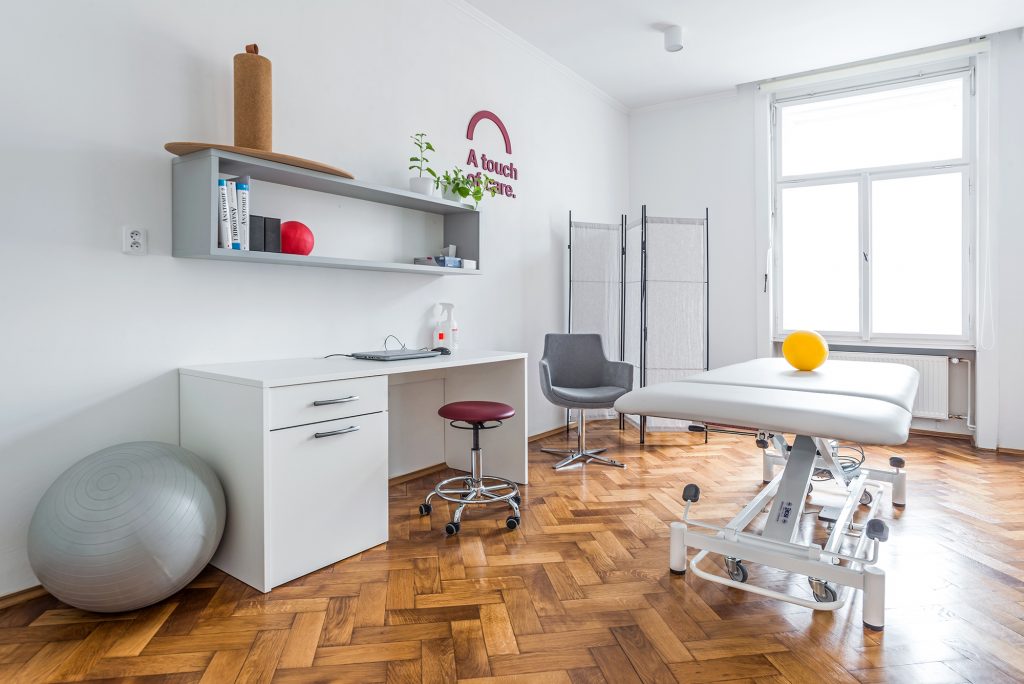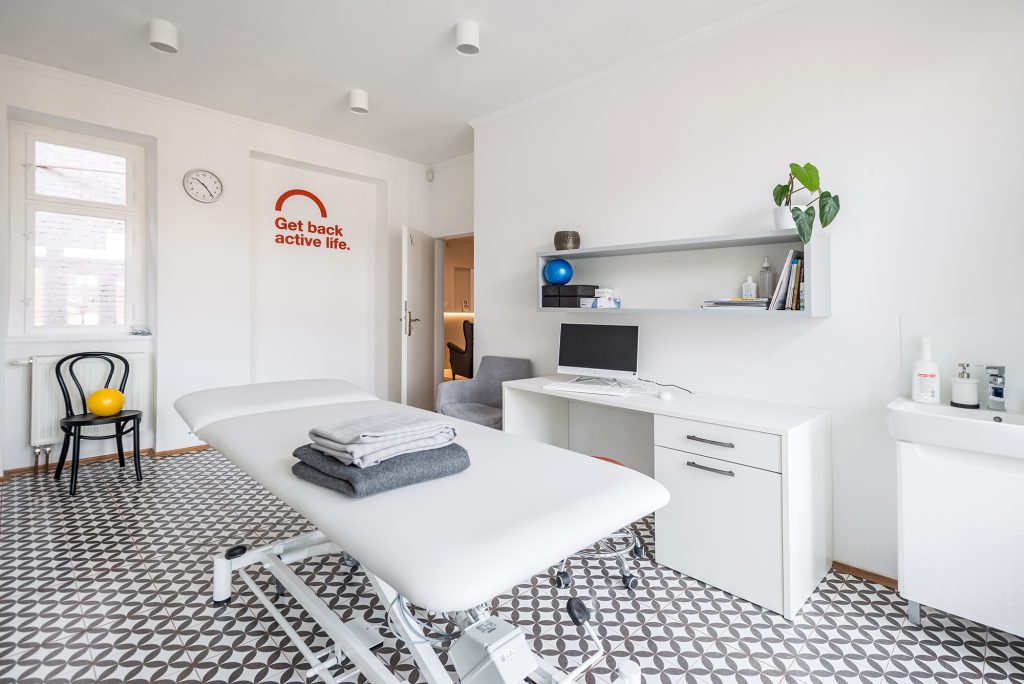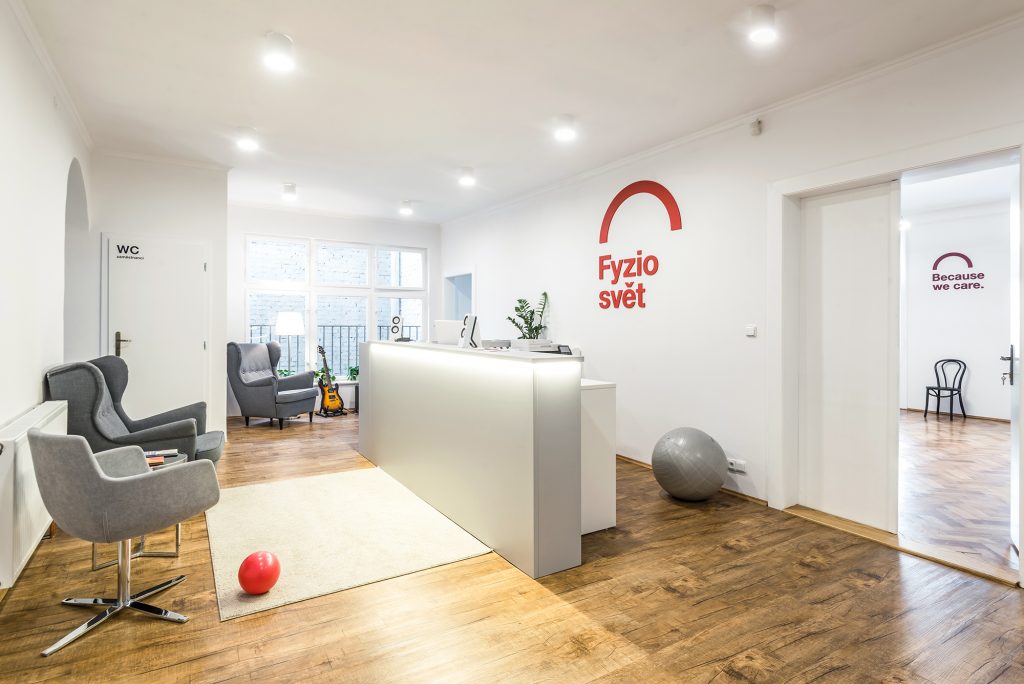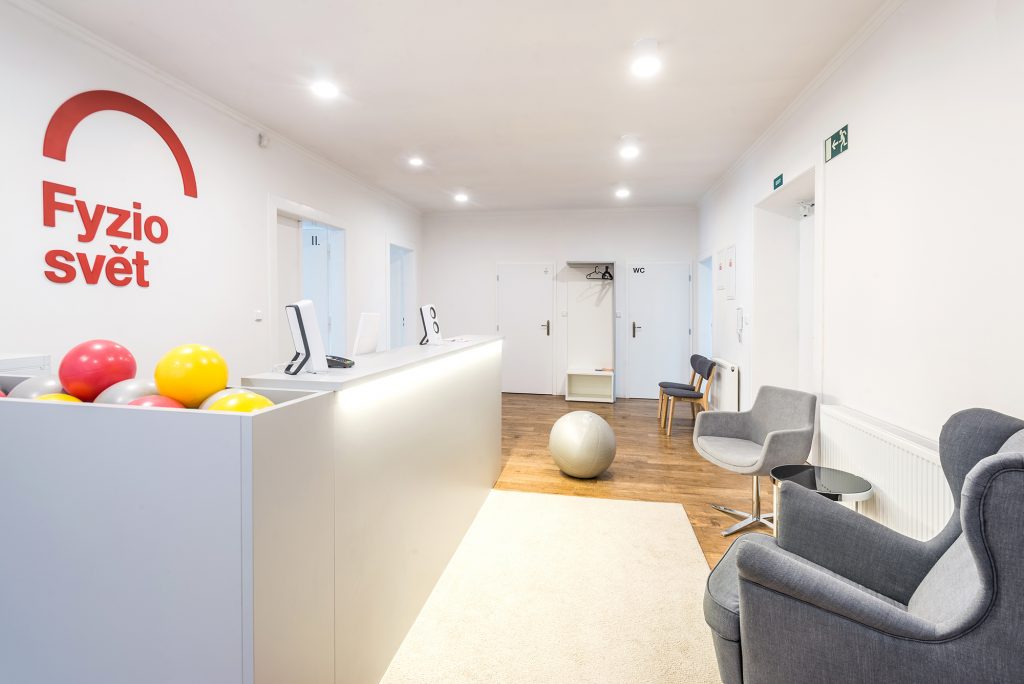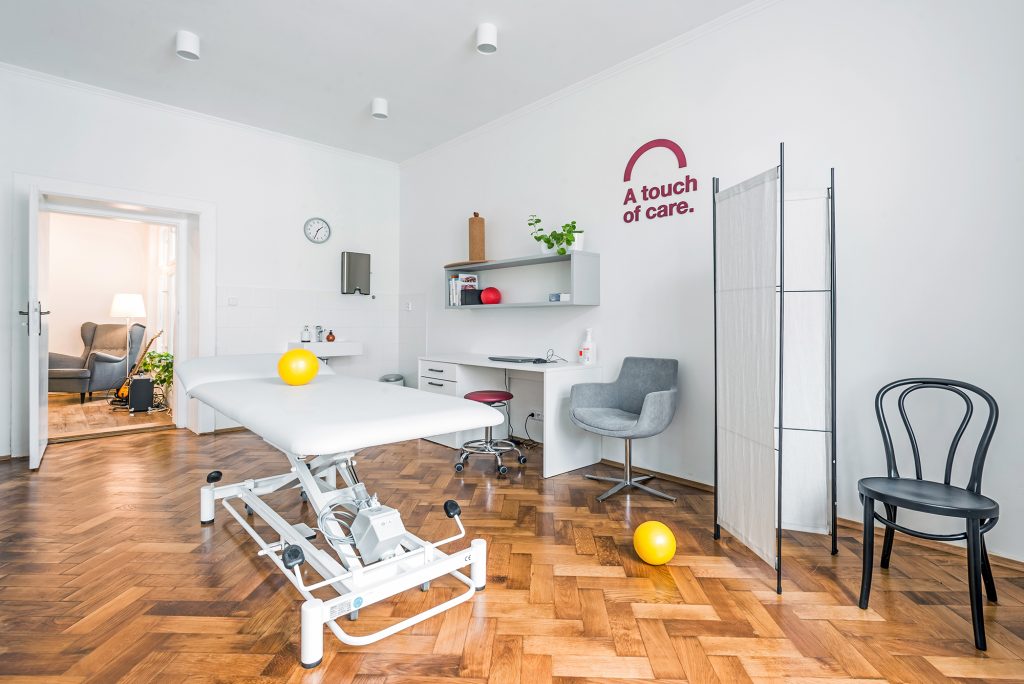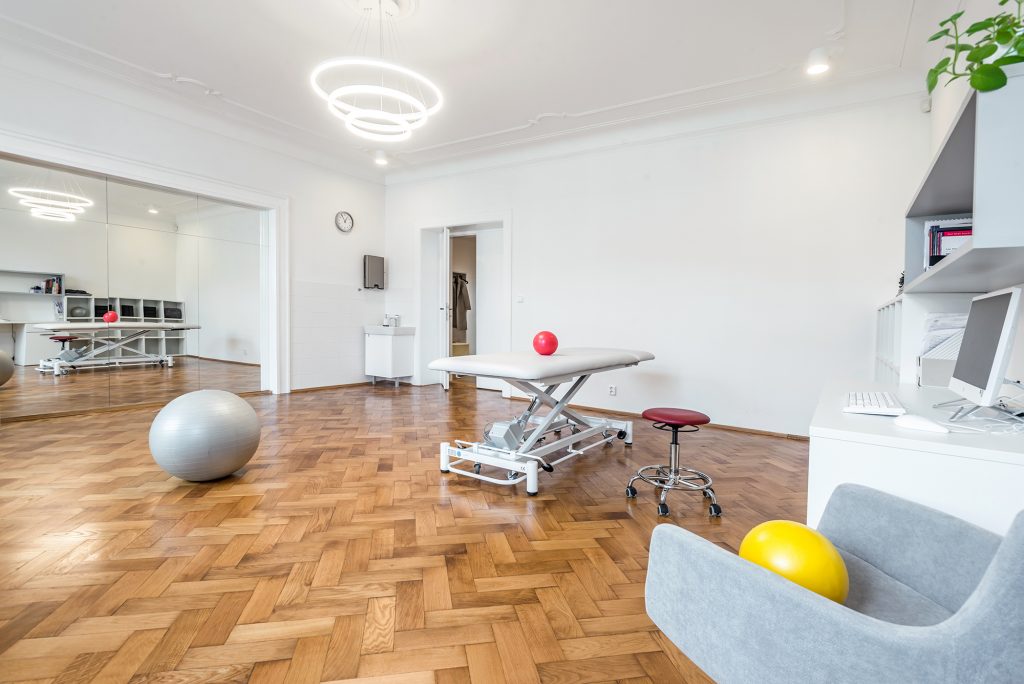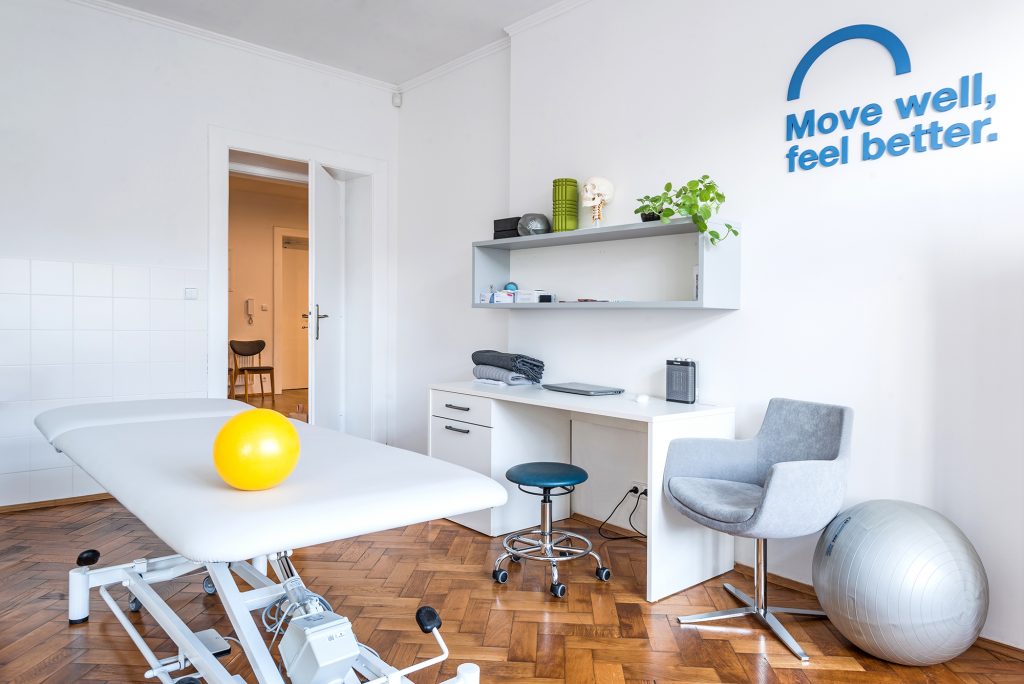Lower Back Pain
The lower back and sacral region may be relatively small, but in terms of functionality, they are crucial for the body. The most powerful muscles that control trunk movement operate here, and forces generated by the movement of the lower limbs are transferred to the lower back and pelvis. This area serves as an important junction, allowing us to walk upright with a cross-patterned gait, run, bend deeply to tie a shoelace, or use full extensions, lateral bends, and rotations in sports. Despite this, the lumbar spine continuously supports the weight of the upper body. Therefore, it’s essential for the muscles responsible for stabilizing the back to be both strong and highly coordinated in their movements. The many tasks the lower back performs in everyday life come with a price—its vulnerability. Did you know that 80% of adults will experience lower back pain at some point in their lives? That’s not a small number. Lower back pain is one of the most common reasons for work-related disability.
Both men and women are equally affected by lower back pain. It can manifest as chronic pain or as a sudden sharp restriction, significantly impacting the ability to perform daily activities.
A sedentary lifestyle often contributes greatly to the state of our spine and its surrounding areas, especially when a routine of sitting during the workweek is interrupted by extreme physical exertion in an effort to make up for a lack of movement. Repeated extreme loading of the spine is also not ideal. The trend of functional and strength training, two-a-day workouts, insufficient compensatory exercises, and lack of recovery time can lead to strain that initially causes functional changes and later structural changes—degeneration and alteration of joint shape (arthrosis).
What types of back pain do we recognize?
- Simple back pain is most often caused by overloading or poor posture. It usually presents as localized pain in the lower back. Key to treatment is a permanent adjustment of movement and work habits, along with active exercises.
- Radicular pain is caused by damage to the nerve roots, and the pain is sharp and often radiates into the lower limbs along the path of the affected nerve. This is a more serious condition. Radicular pain typically presents with leg pain, tingling, numbness, or burning that corresponds to the affected spinal segment. It may also involve numbness of the skin or muscle weakness, making certain movements impossible. The underlying cause of nerve compression must be addressed.
- Pain caused by serious spinal conditions includes inflammatory diseases, infections, fractures, major neurological conditions, and tumors. This type of pain is usually constant, progressive, and not dependent on movement.
When the back hurts but the problem lies elsewhere:
In many cases, the source of lower back pain is “undetectable” through imaging methods such as MRI or X-rays, where no clear explanation is found despite ongoing pain. This is often because the pain’s origin isn’t in the back itself. Pain can be referred from distant areas of the body, known as referred pain. This type of pain doesn’t depend on spinal position or movement and may lack characteristic muscle spasms or blockages. Referred pain can be alleviated with the correct treatment focus. Referred pain is categorized into visceral referred pain and somatic referred pain.
Visceral referred pain originates from the pelvic and abdominal organs, but is felt in the lumbar or sacral area. The most common sources of this referred pain include tension in the digestive system (intestines) caused by stress, food intolerance, or scars and adhesions following abdominal surgeries. Gynecological and urological organs can also project pain into the lower back, particularly in cases of inflammation or other conditions. Other causes include ovarian cysts, painful menstruation, post-inflammatory adhesions, endometriosis, kidney stones, and more.
Somatic referred pain occurs when pain is projected to the spine from distant sources, such as hip or knee joints, the coccyx, muscle spasms, or post-surgical scars.
Can it be fixed?
After a thorough medical history and detailed examination, we will create a treatment plan. This is a crucial part of rehabilitation. If the physiotherapist correctly evaluates the situation and applies the right techniques, the chances of permanent pain relief increase significantly. However, this is not a simple task. The physiotherapist must distinguish between hundreds of potential causes of pain and consider various factors that could affect treatment. In our experience, in more than half of the cases of lower back pain, it is necessary to treat distant areas to provide relief or prevent recurrence. We use various manual techniques combined with exercises that clients can perform at home to maintain proper body alignment.
At Fyzio Svět, we dedicate extra time to diagnosis and finding the root cause of the problem. You already know how important this part of treatment is, and that sometimes it’s necessary to treat areas beyond where the pain is felt. Your pain and that 20-year-old scar might be related. Or could the pain be linked to a childhood knee injury? Ask your physiotherapist about it during your first visit!
